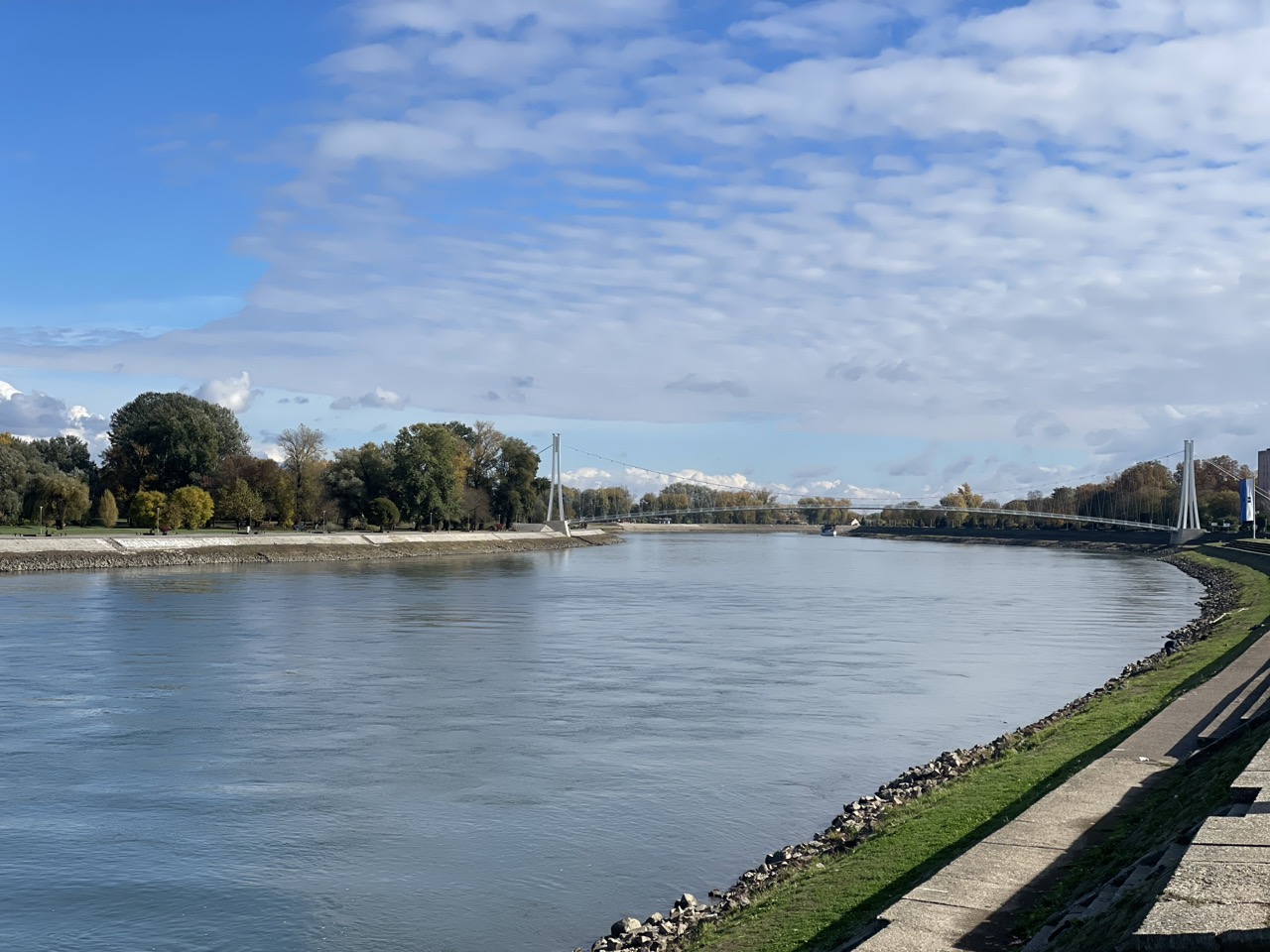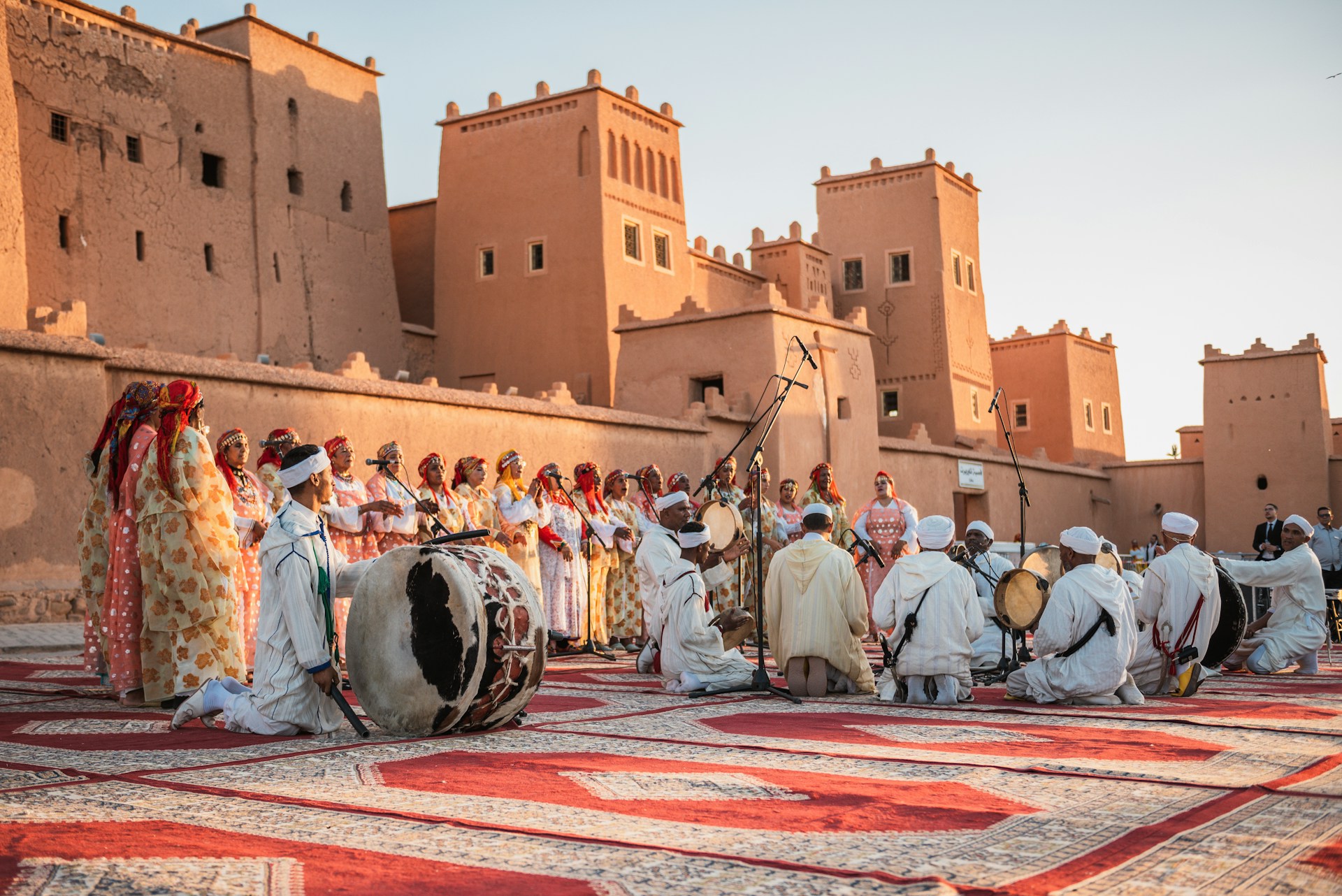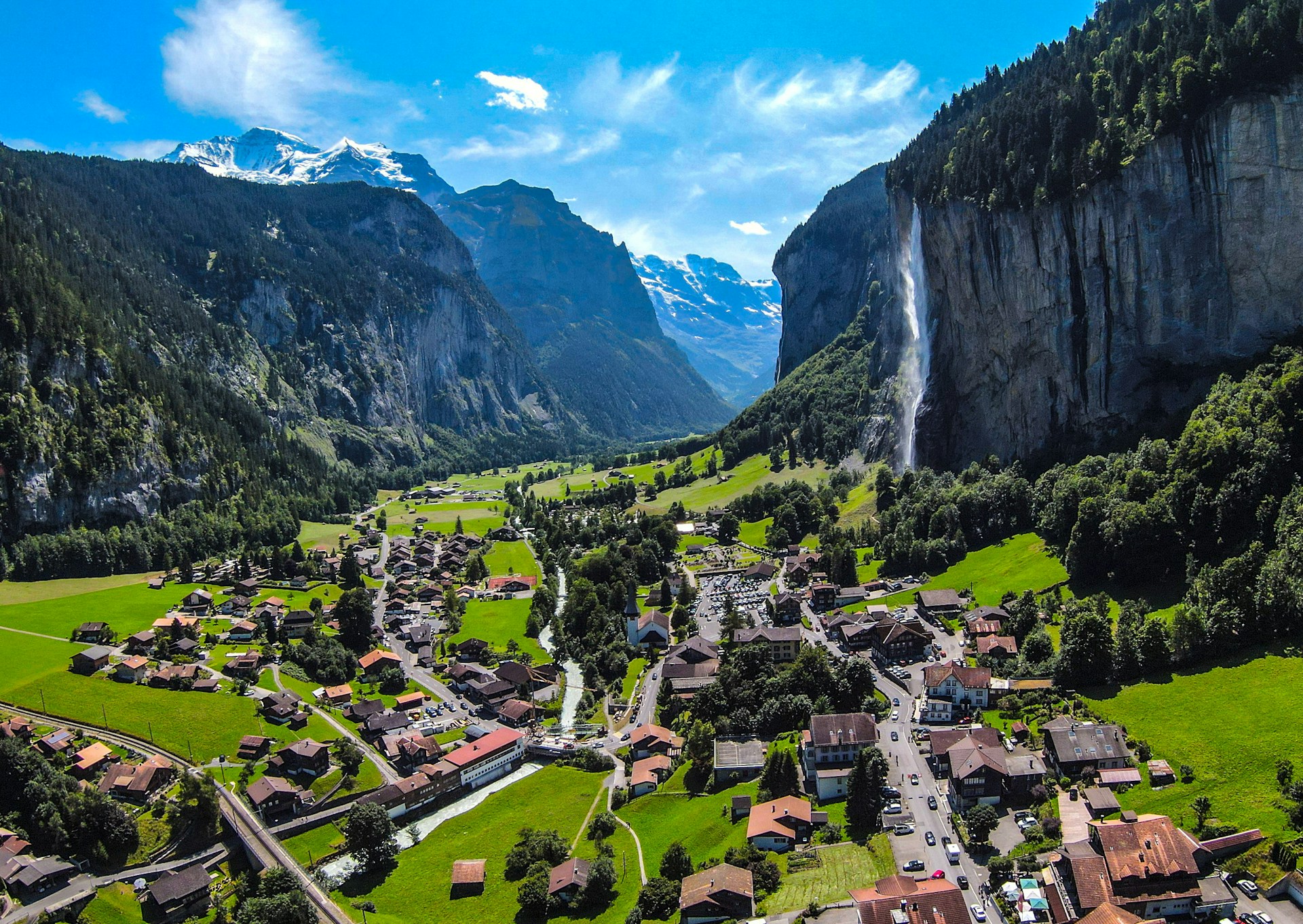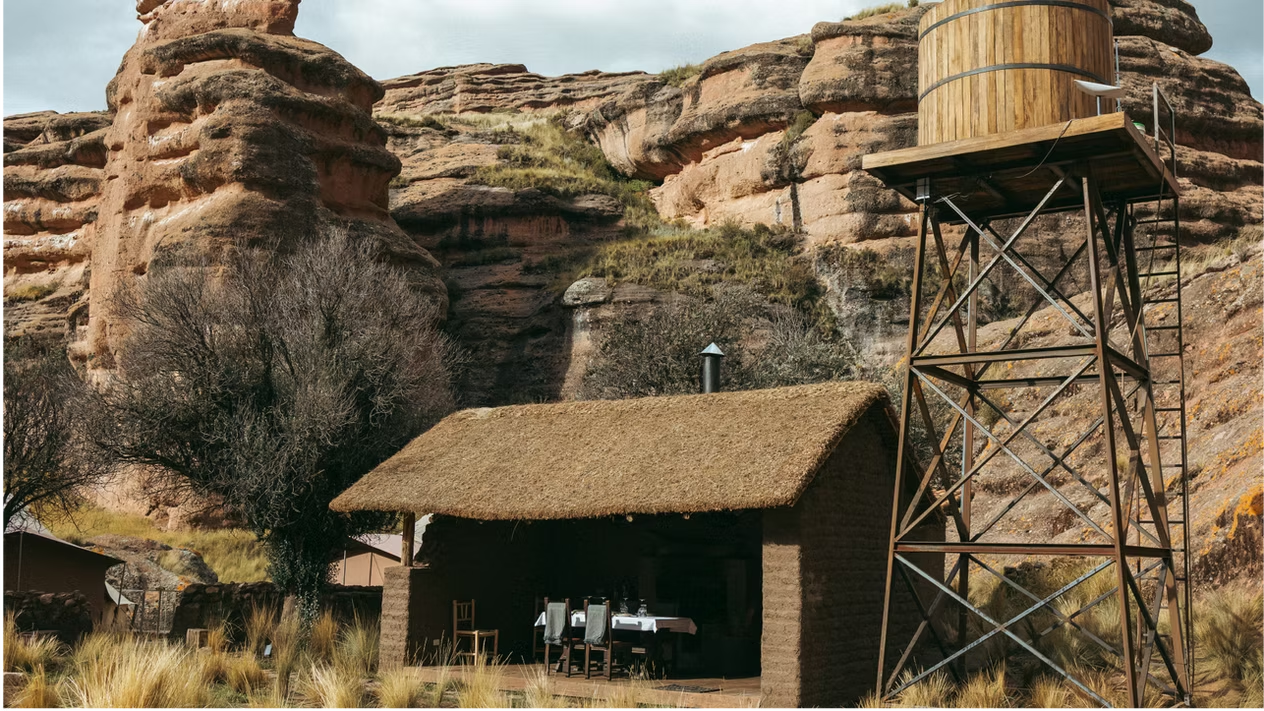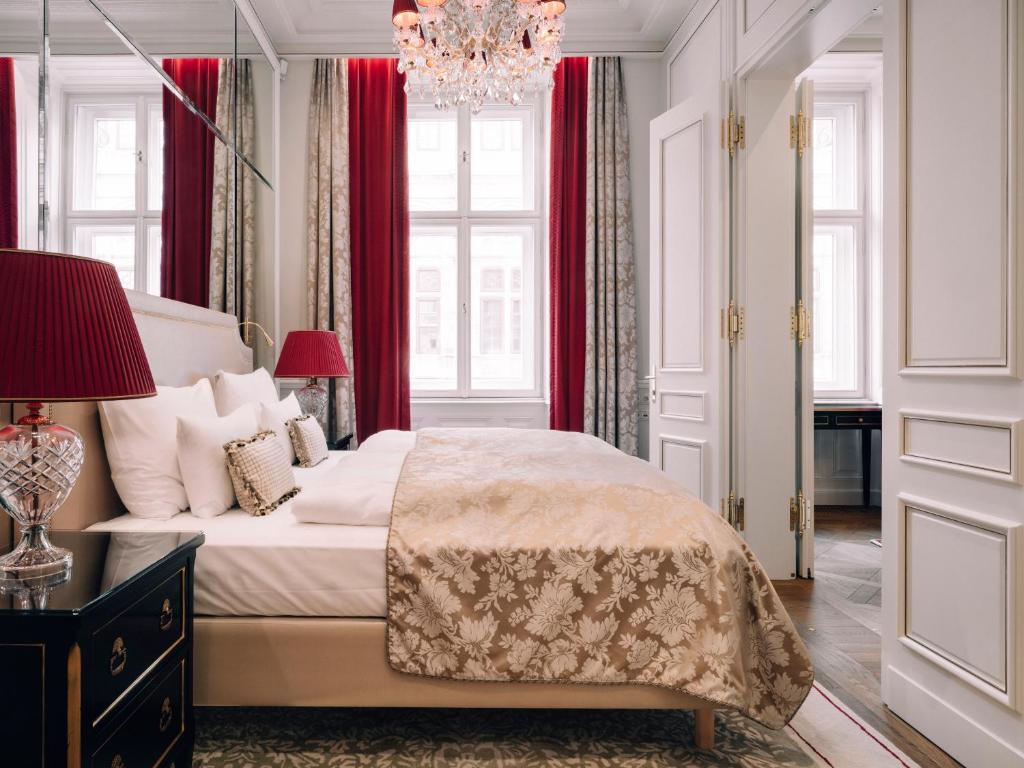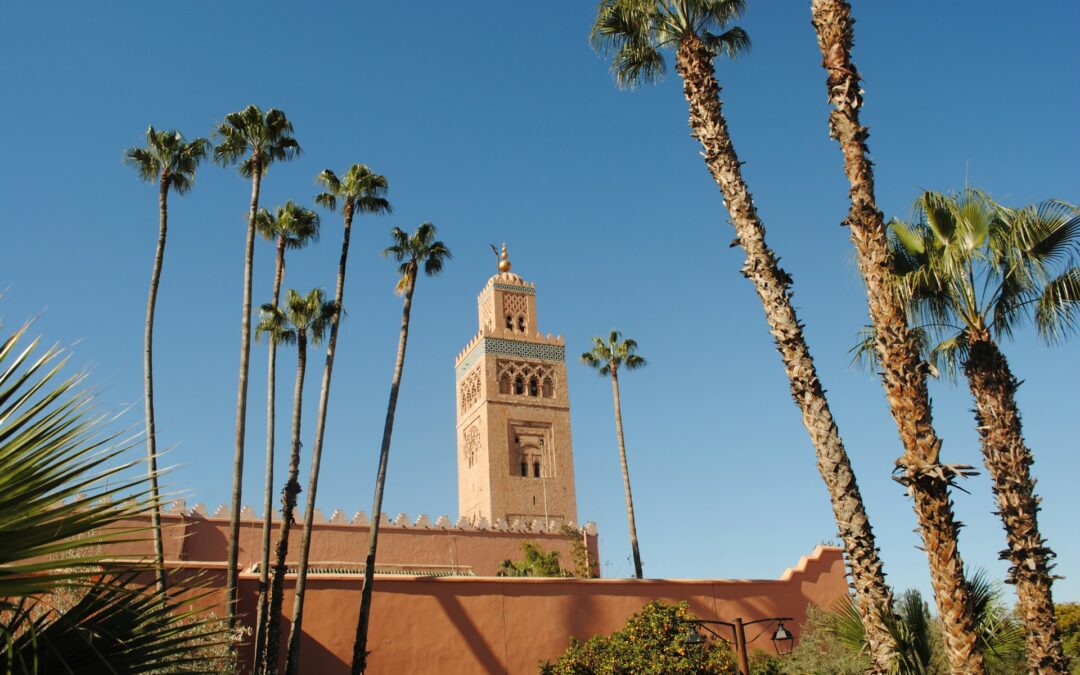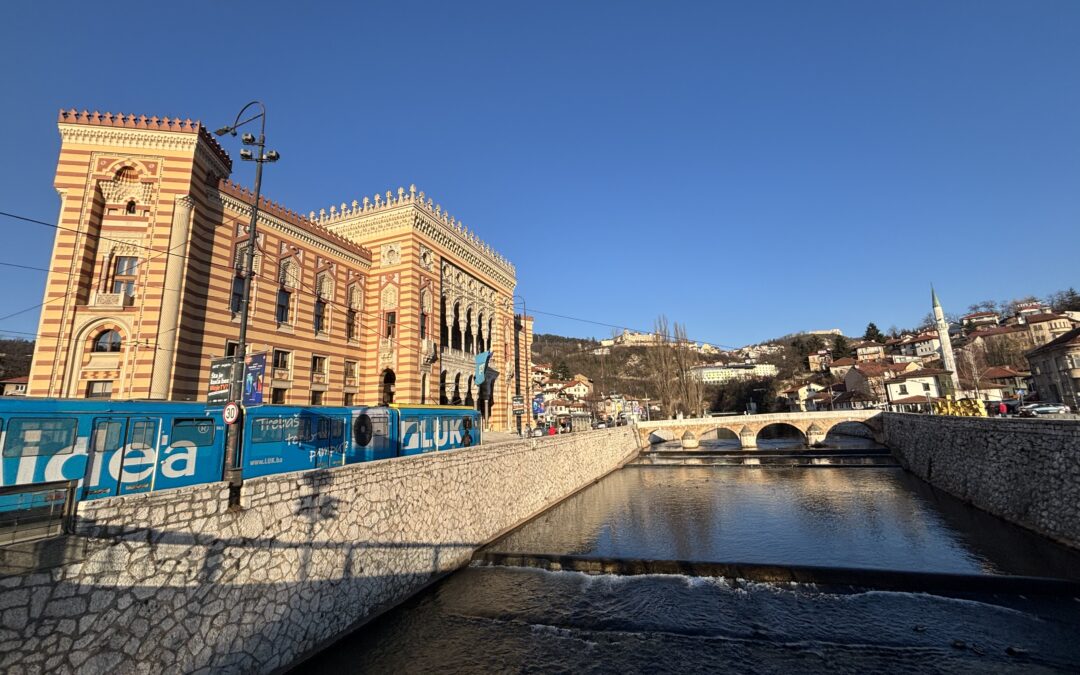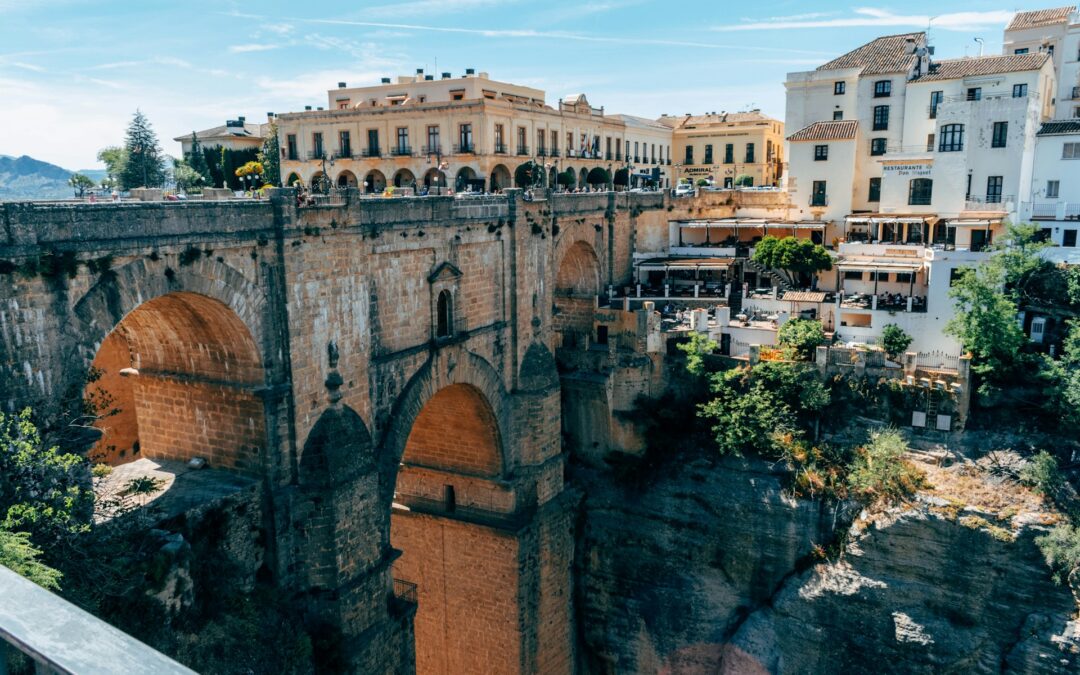Arriving in Byblos, Lebanon or Jbeil as locals call it, feels like stepping into a living time capsule. This Mediterranean city has been continuously inhabited for more than 7,000 years, making it one of the oldest cities in the world where life has never stopped. Unlike many archaeological sites where history is sealed behind fences, here you walk through it, eat beside it, and feel it under your feet.
Layers of Civilizations
Byblos, Lebanon has seen the Egyptians, Phoenicians, Greeks, Romans, Crusaders, and Ottomans all leave their mark. Each empire added its own layer, and today you can trace them by wandering from one corner of the city to another. Temples dedicated to ancient gods stand close to Roman theaters, and medieval Crusader walls still guard the old harbor.
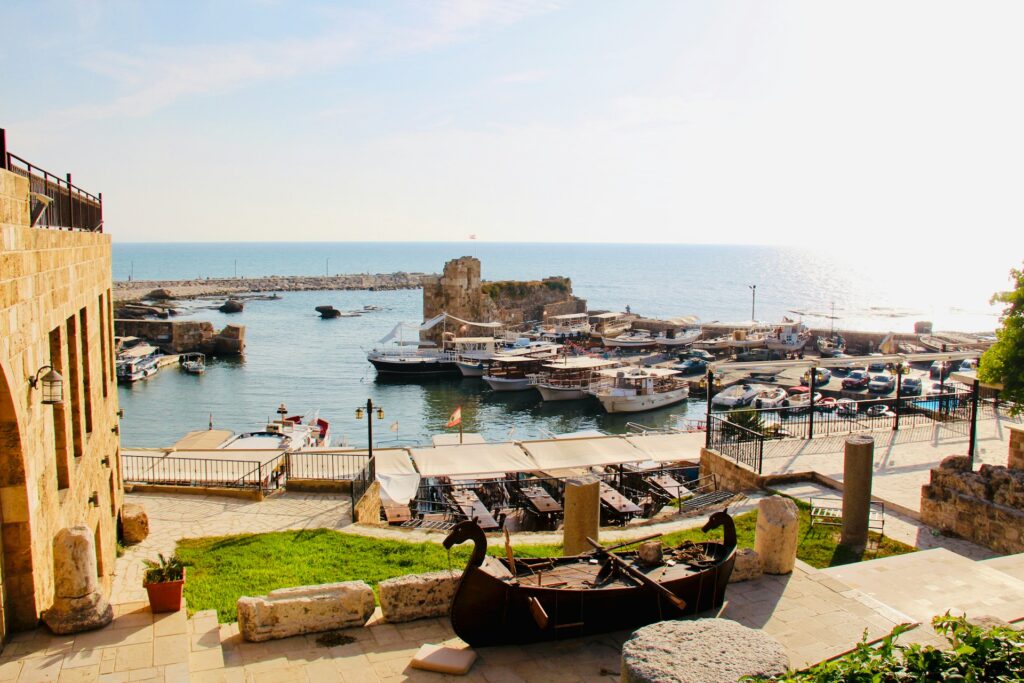
Perhaps the most fascinating legacy of Byblos is the Phoenician alphabet, born here thousands of years ago and considered the ancestor of most writing systems we use today. To sit by the sea and imagine ships leaving this harbor with the very letters that shaped Western civilization is a humbling moment.
Things to Do in Byblos
Explore the Archaeological Site
The heart of Byblos is its archaeological zone, where temples, necropolises, and ancient staircases tell stories spanning thousands of years. Highlights include the Temple of the Obelisks, the royal tombs, and the Roman theater.
Visit Byblos Castle
As you exit the ancient ruins, you enter the medieval core of Byblos, complete with castle walls, narrow alleys, and the Byblos Castle (Crusader fortress).
The castle is constructed of large stone blocks, with towers and battlements overlooking the coastal harbor. From certain vantage points, the castle offers sweeping views of the sea, the harbor, and the ancient ruins beyond. The medieval walls run roughly 270 m east–west and 200 m north–south around portions of the old core.
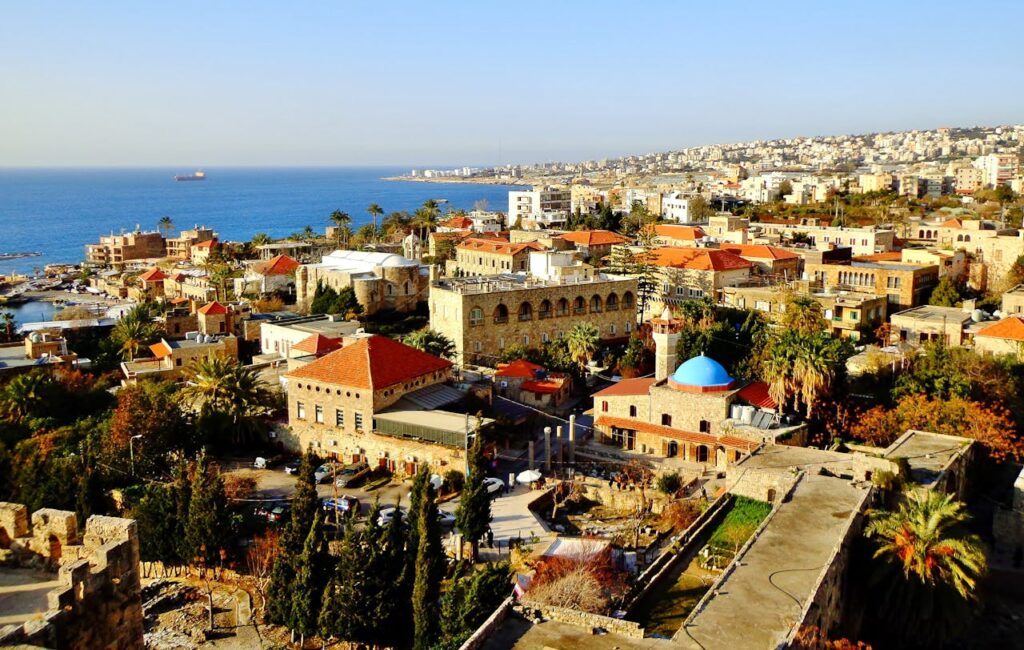
Wander the Old Souk
Between historical sites and the Mediterranean lies the Old Souks (market quarter). In narrow alleys, locals and tour visitors browse artisan shops, spice stalls, jewelry, leather goods, textiles, and souvenirs. The harbor remains active, modestly so: fishing boats, small pleasure craft, and the occasional tour vessel dock here. The waterfront promenade is ideal for walking, especially in late afternoon, when the light softens and sea breezes cool the city. At the edge of the harbor, you’ll notice stone quays and ramp-like docks—evidence of how ancient ships once loaded goods bound for Egypt, Cyprus, and beyond.
St. John the Baptist Church
Tucked within the old walls of Byblos, the St. John the Baptist Church is one of the city’s most atmospheric landmarks. Built by the Crusaders in the 12th century, it has weathered centuries of invasions, earthquakes, and changes of rule, yet it still stands with an undeniable dignity. The church’s architecture is simple but powerful: thick stone walls, graceful arches, and a courtyard that feels like a serene retreat from the bustle of the souk just a few steps away. Inside, light filters softly through narrow windows, illuminating the rough stone and giving the space a sense of timelessness. What makes the church especially moving is the fact that it’s not just a monument but a living place of worship—services are still held here, echoing with chants in Arabic and sometimes in Aramaic, the language spoken during the time of Christ. Walking through its courtyard at sunset, when the last rays of light warm the ancient stones, you feel connected not only to Lebanon’s layered history but also to a spiritual continuity that has endured for nearly a thousand years. It’s one of those places where history doesn’t feel distant—you can breathe it in, touch it, and sense how many generations have passed through the same doorway.
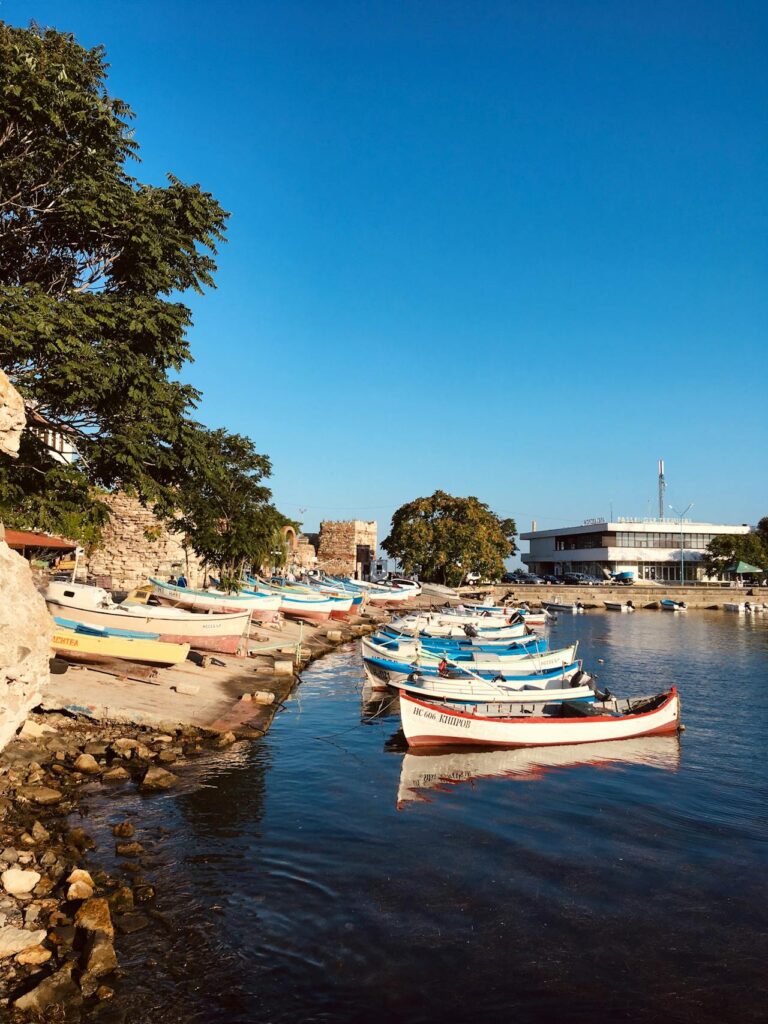
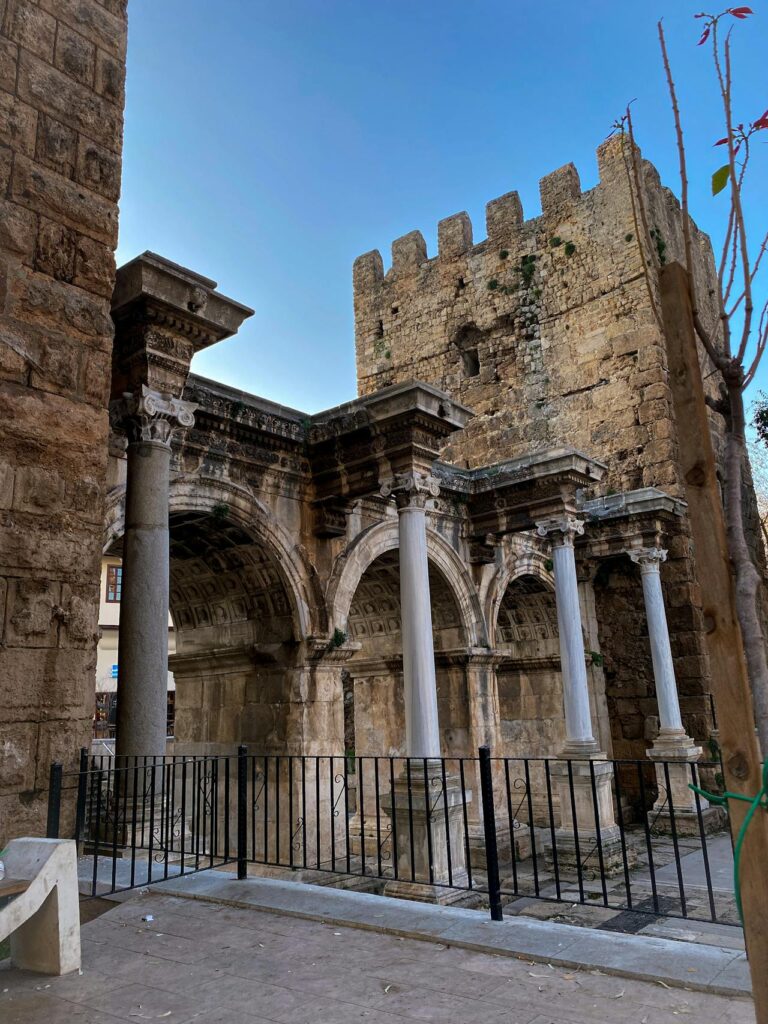
The Harbor at Sunset
The small fishing harbor is the soul of Byblos, Lebanon. Watching the sun set behind ancient quays while boats bob in the water is a moment you’ll remember long after leaving.
Museums Worth Visiting
Byblos also has quirky museums like the Wax Museum, which recreates scenes from Phoenician life, and the Fossil Museum, showcasing Lebanon’s prehistoric marine life.
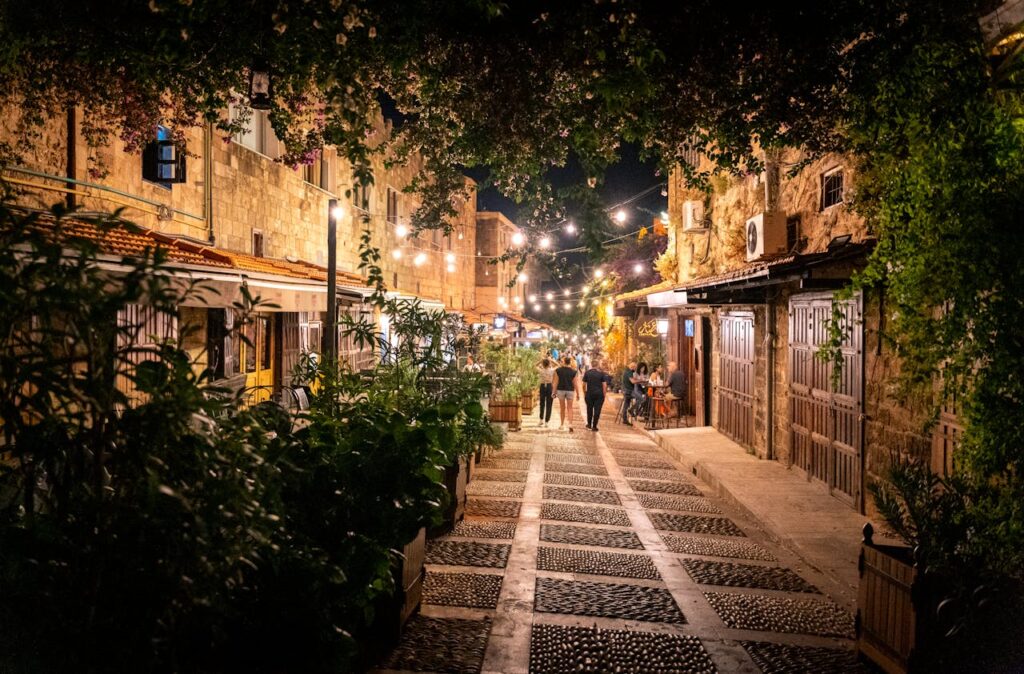
Food, Drinks, and the Evening Vibe
Byblos is also a city to savor. Seafood restaurants line the waterfront, serving fresh fish, mezze, and Lebanese wines. In the old souk, small cafes spill onto stone alleys, offering mint lemonade and strong Arabic coffee. At night, the atmosphere shifts: live music, cozy bars, and the occasional festival performance under the stars make Byblos feel both ancient and effortlessly modern.
Getting There & Around
Byblos, Lebanon sits about 40 km north of Beirut, along the coastal route. Depending on traffic, drive time from Beirut is approximately 45–60 minutes.
Local minibuses (service taxis) and shared vans run from Beirut toward Byblos. Hiring a private car or guided tour is also common and often recommended for convenience. Once in town, most attractions are walkable. Expect uneven stone paving, steps, and narrow alleys, so bring firm, comfortable shoes.
Entrance & Opening Hours
- The archaeological site has an entrance fee (modest), and opening hours vary seasonally.
- Museums may close mid-day or on specific days, so check in advance.
- The castle and medieval areas are generally accessible as part of the archaeological package.
- Guided tours help unlock hidden details—especially ancient inscriptions, stratigraphy layers, and local legends.

